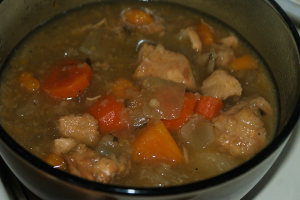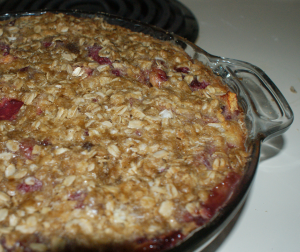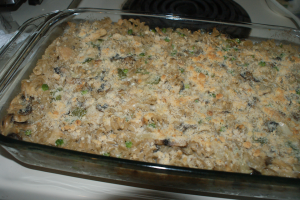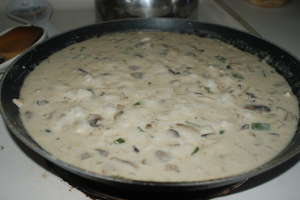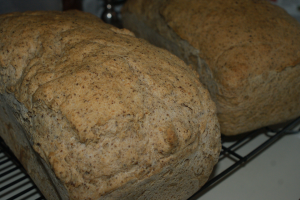Nothing says autumn like apples and apple cider, right? This stew contains chicken, apples, cider, sweet potatoes and more. And as an added bonus, it’s gluten free, so you can serve it to celiacs and those with wheat allergies. And as an extra added bonus, it’s a slow cooker recipe, so you get to smell it cooking all day long.
Ingredients
- 3 chicken breasts
- 2 tablespoons potato starch
- 2 tablespoons brown rice flour
- 1/4 teaspoon garlic salt
- 1 tablespoon oil
- 1 cup apple cider
- 4 cups chicken broth
- 1 apple
- 1 large onion
- 1 large sweet potato
- 4 carrots
- 1 teaspoon ground thyme
- 1/4 teaspoon pepper
- 1/2 teaspoon salt
- 1 tablespoon parsley flakes
Instructions
1. Add oil to a frying pan and heat to medium-high. Cut the chicken in bite-sized pieces. Mix the potato starch, brown rice flour, and garlic salt, and either sprinkle it over the chicken or put it in a bag and shake together with the chicken to thoroughly coat the pieces.
2. Place chicken in fry pan and cook, turning occasionally.
3. Cut all your veggies to bite-sized pieces. The apple should be cut into small pieces. (The apple will essentially disintegrate, most likely, which will tempt you to think you need larger chunks, but be warned: when I tried larger chunks, the resulting non-disintegrated apple chunks were similar in texture to…well…let’s not spoil the recipe by completing that thought. Plus, the apple chunks hold the heat more than anything else in the stew, so you really don’t want large chunks of apple floating around like land mines for your mouth!)
4. Add all the ingredients to the slow cooker and stir them together. Set the slow cooker to LOW and cook all day (I aim for 8 hours).
We like our stew thick, so if at the end of the cooking I think it’s too thin, I make a slurry of potato starch or corn starch and mix it in.
Turn off the slow cooker and let the stew cool for a half-hour to an hour before serving.
Variation: Laura prefers this stew with sweet potatoes, but I like it better with regular potatoes. Try it both ways, and let us know who you agree with!
